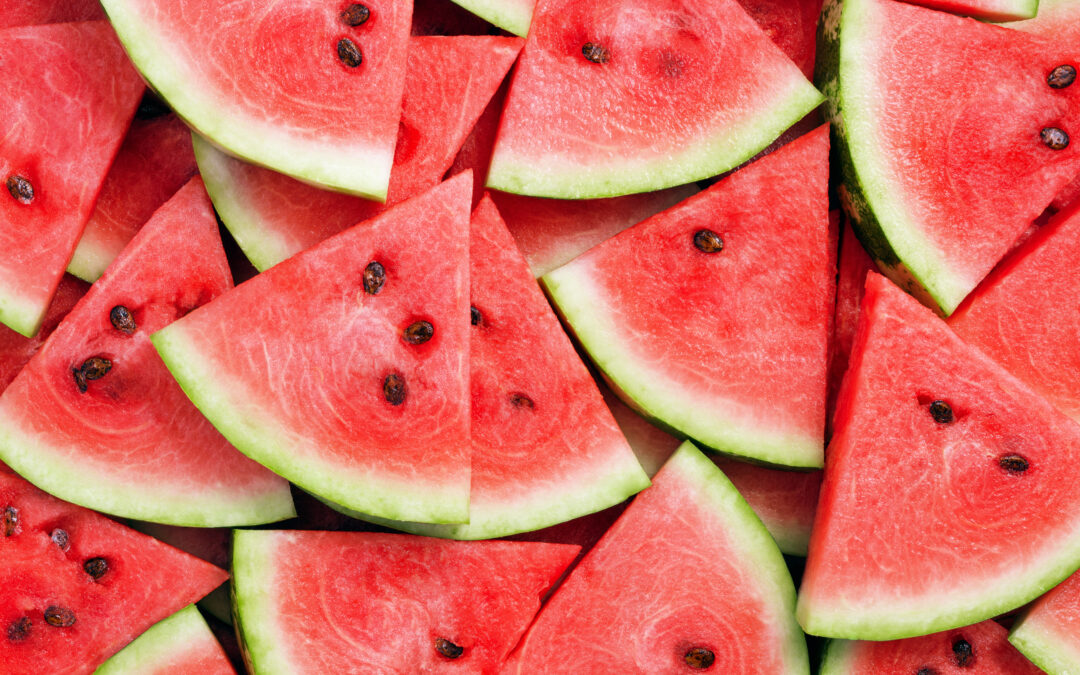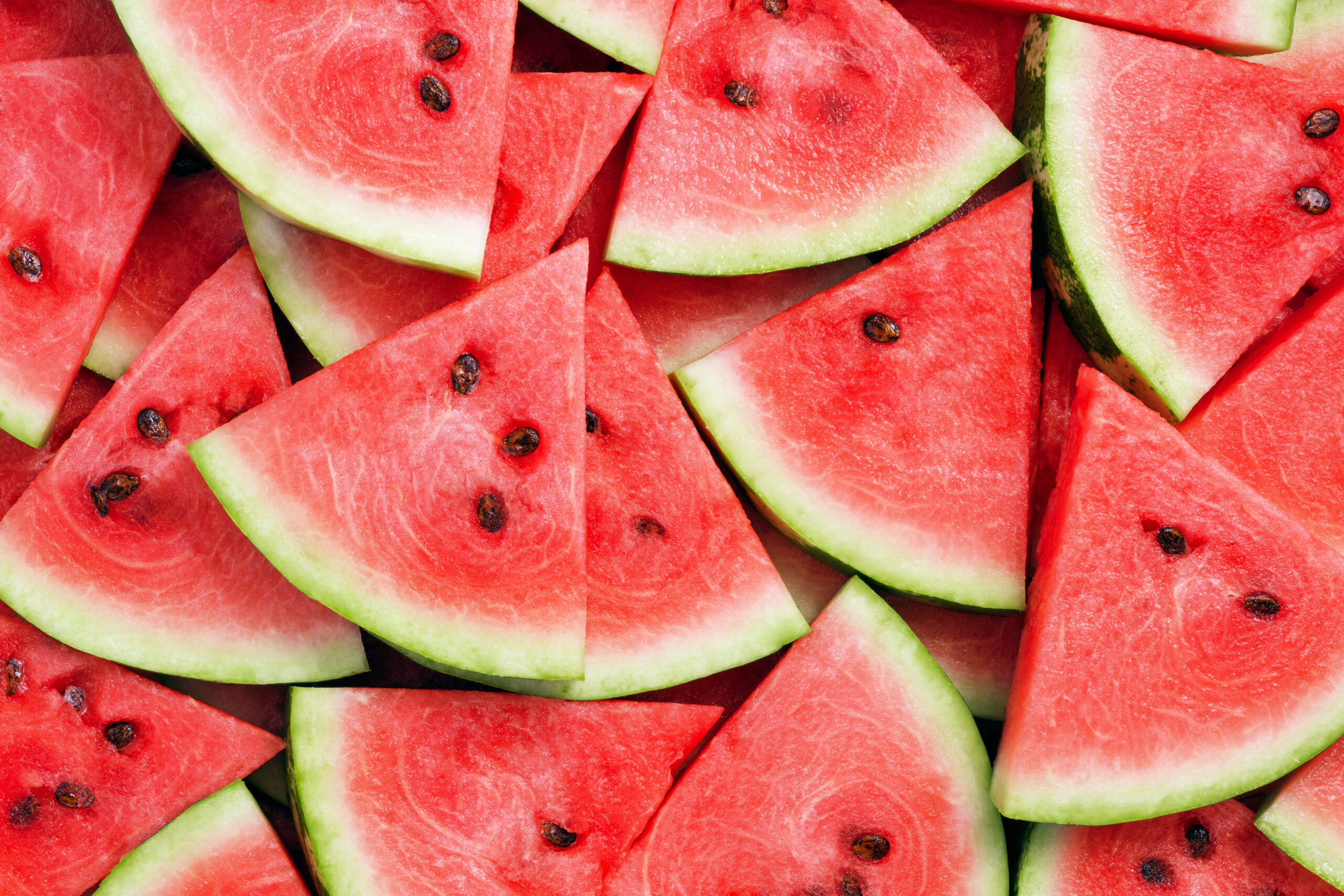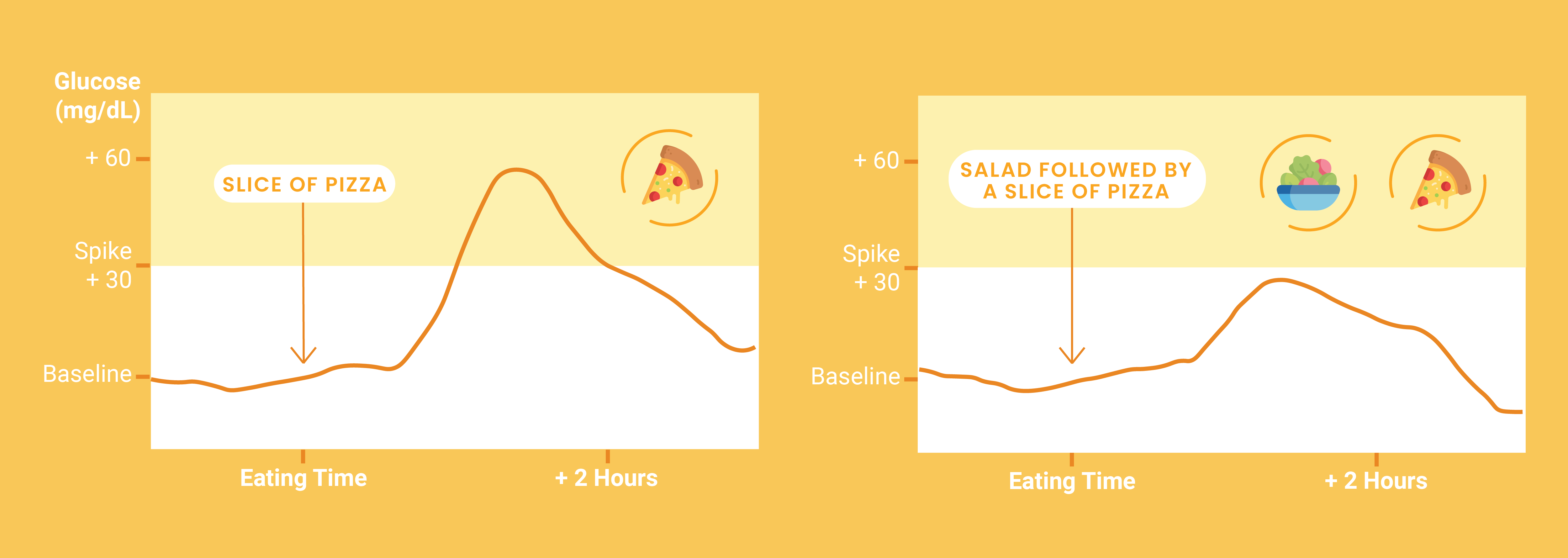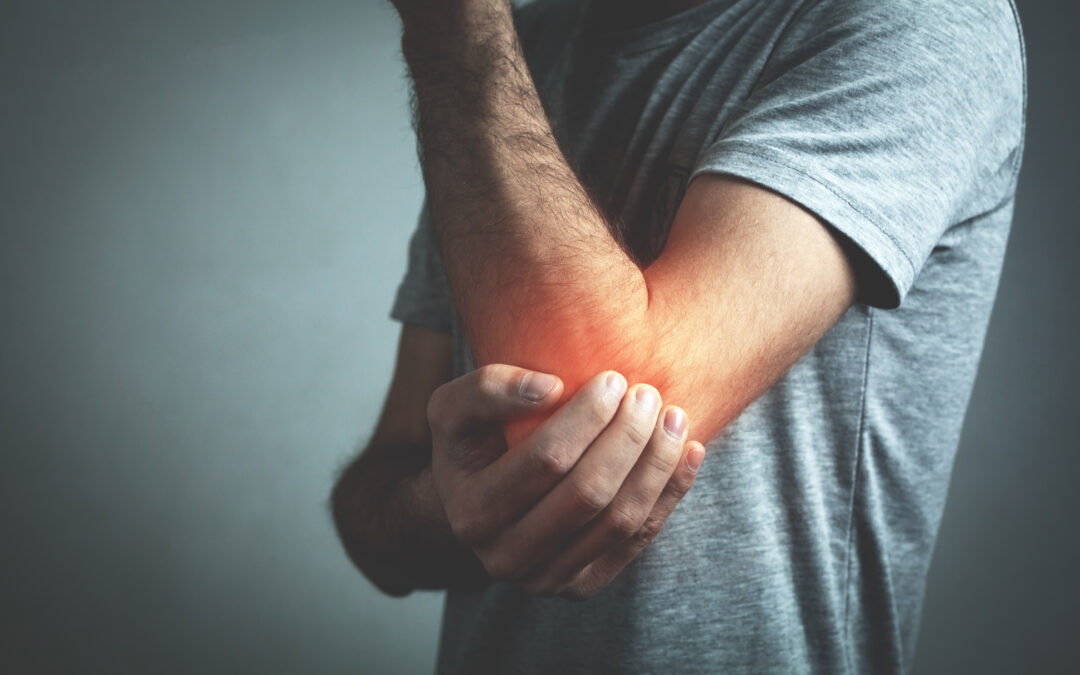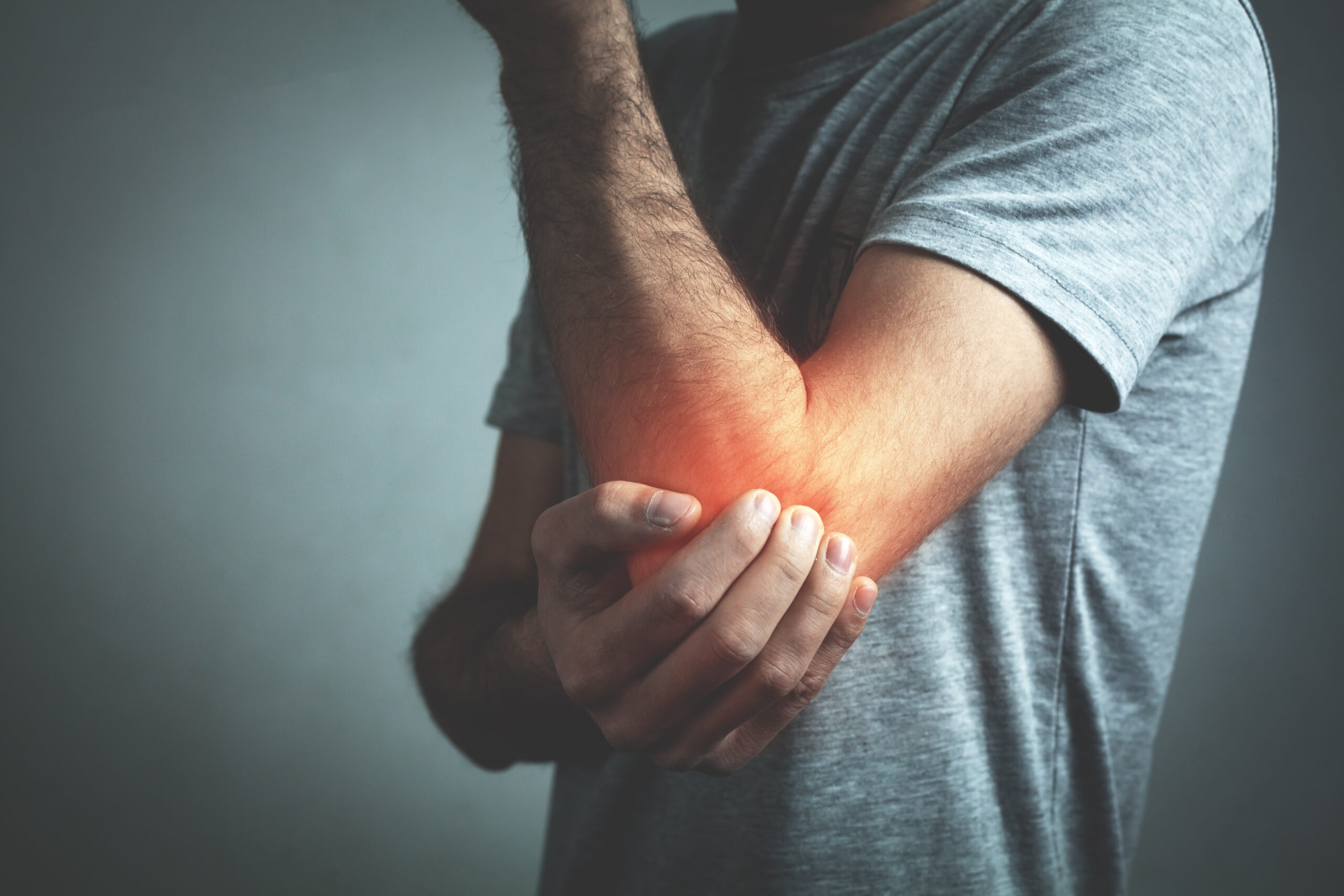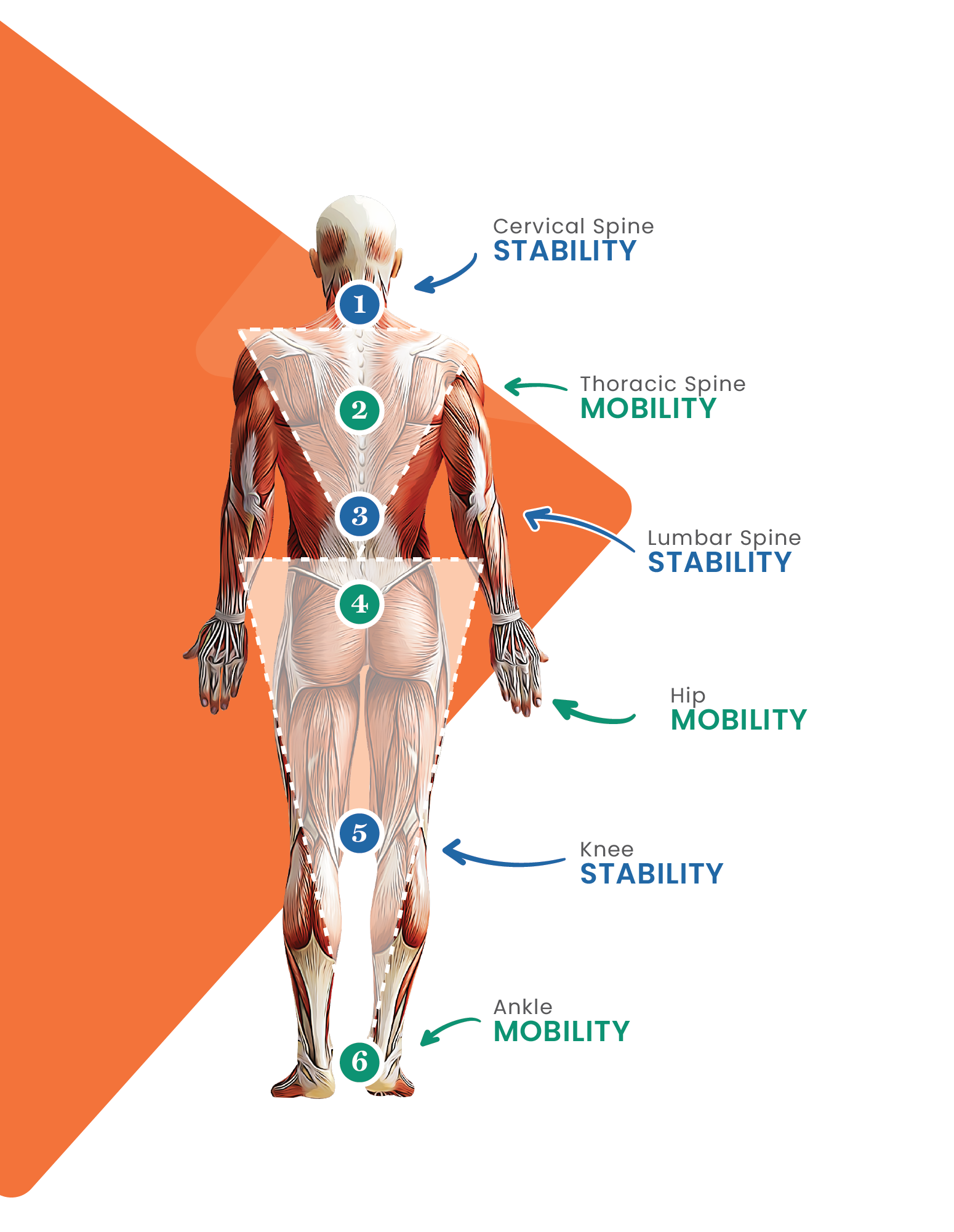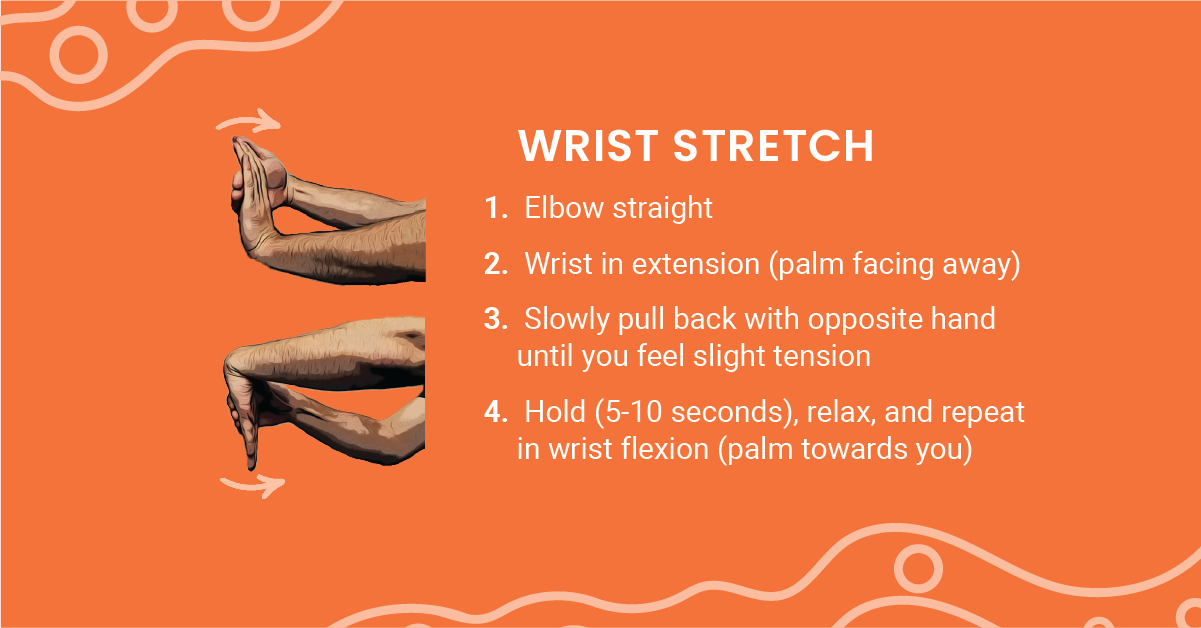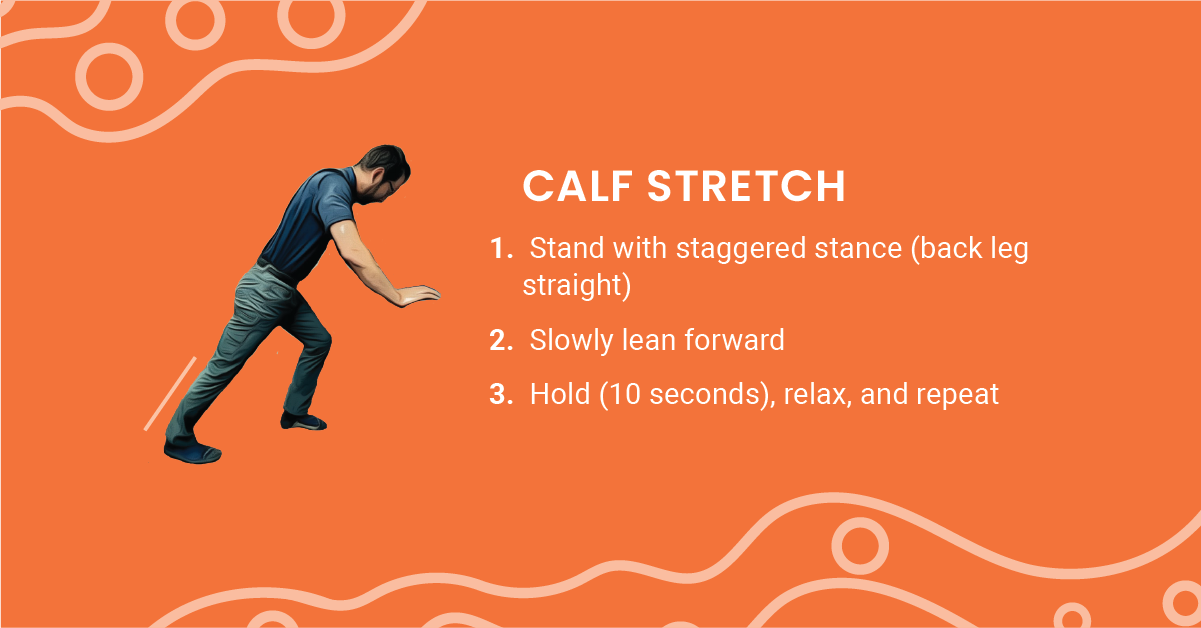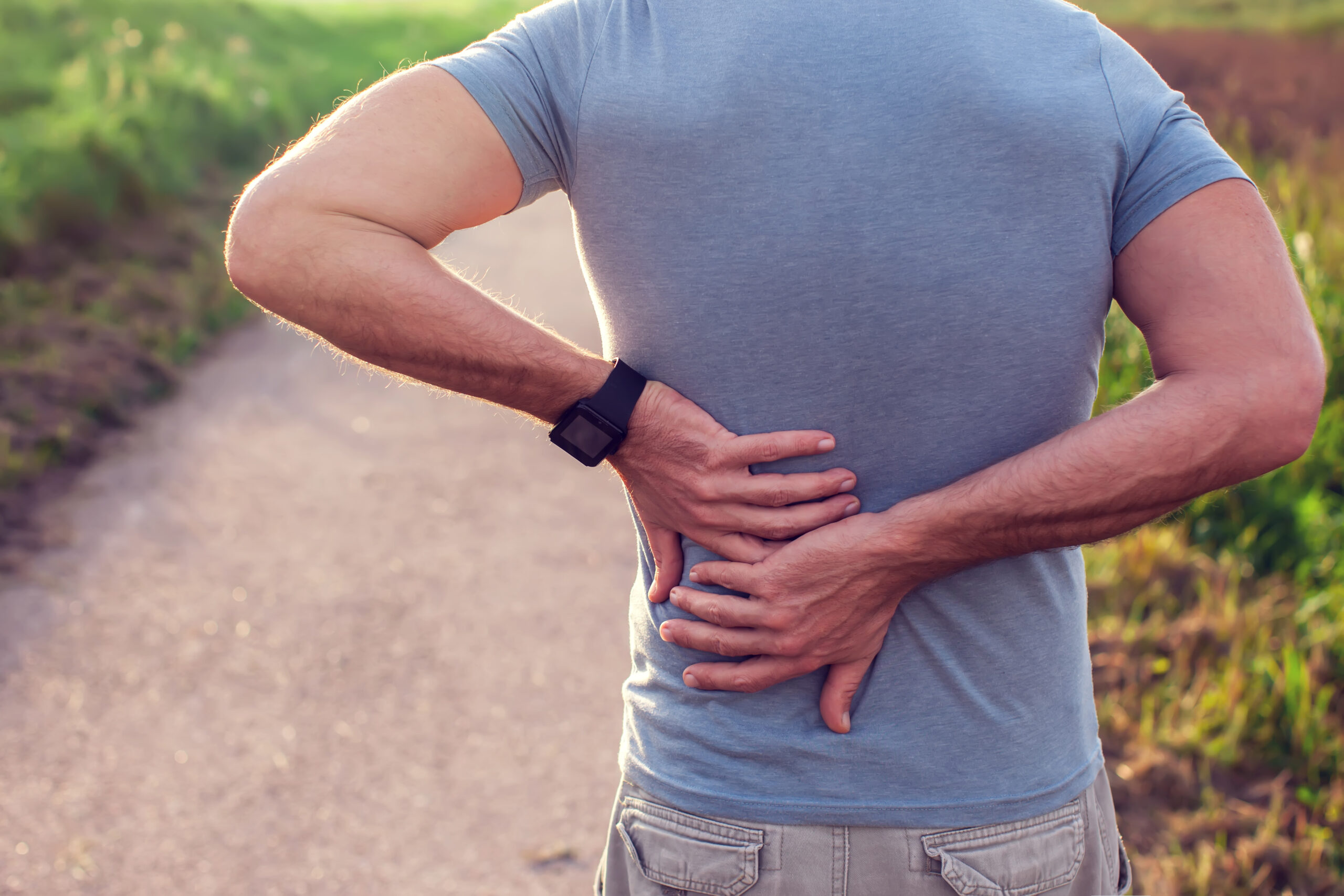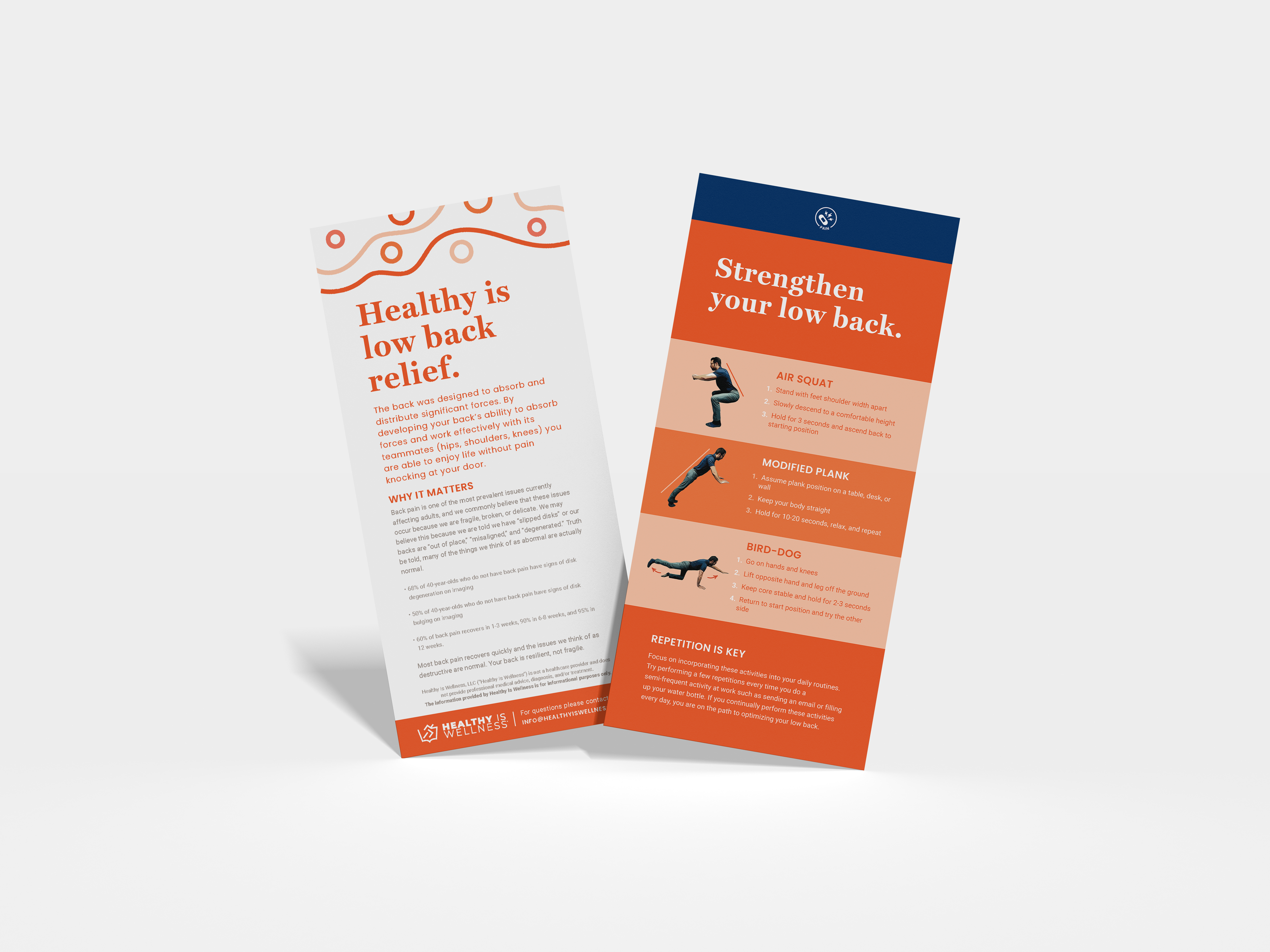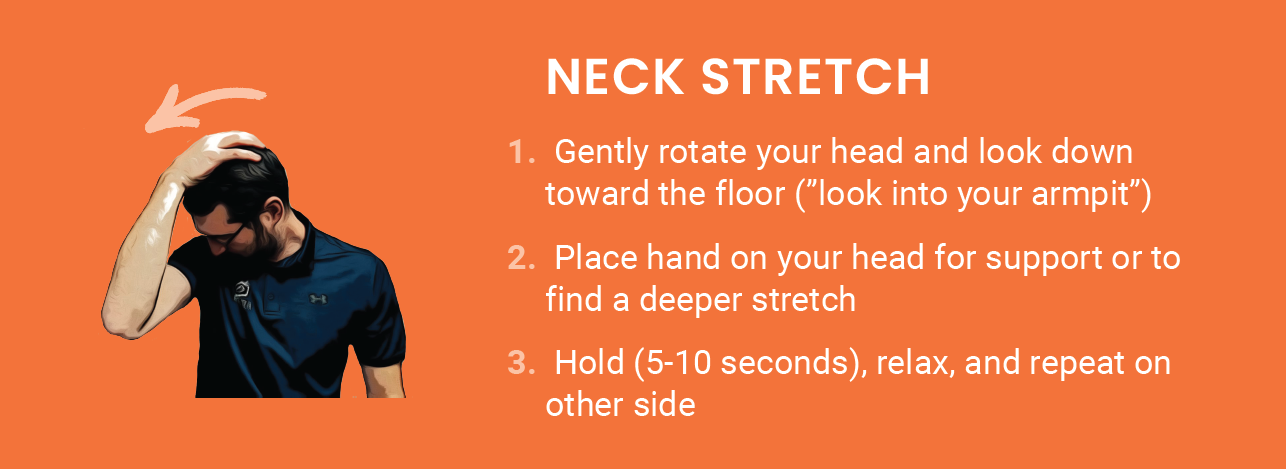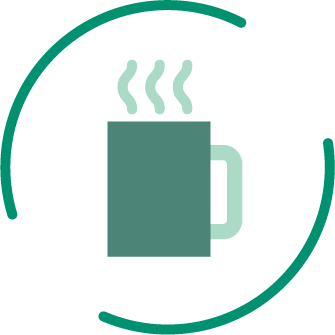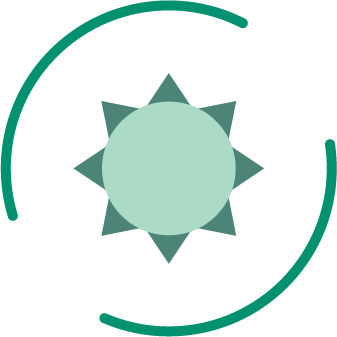
Healthy Is a Digital Fast

Our digital devices make us more connected than ever. However, the amount of time and frequency with which we’re using them may be causing more health issues than we realize.
WHY IT MATTERS
“There’s no denying that technology is convenient – indeed that is the whole point of it. It is far easier to keep in touch, to plan things ahead, and to multi-task with the help of it. But this almost complete reliance on technology is also making us suffer by introducing changes in our brain and body functions.” – Jim Kwik
It’s true. Our reliance on technology is introducing changes in our brain and body, and some of them are starting right when we wake up.
Consider the fact that 80% of us check our phones within 15 minutes of waking up. The problem with this is that as you wake up the brain should naturally roll from delta waves (deeper sleep) to theta (daydreaming) to alpha (awake and relaxed) to finally beta waves (alert and looking for stressors).
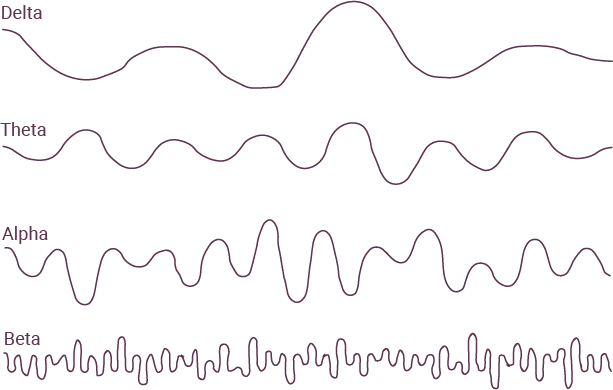
However, when you look at your phone which contains messages, emails, notifications, etc., all of which the brain views as possible “threats,” it means your brain skips straight from delta to beta. Thus, robbing it of the priming it needs to appropriately align everything in the body: from your stress hormones, to your heart rate, to your neurotransmitters, to even the way your synapses are firing in the brain.
Just like you can reap the benefits of being in a fasted state from food when you wake up in the morning by allowing your body to burn some more fat if you wait a short time before eating, you can also reap the benefits of being “fasted” from your digital devices in the morning by taking advantage of the creative state your brain is in. This is about health and about control, because smartphones make a good servant, but a bad master!
Start a daily digital fast.
STEP 1: WAIT ONE HOUR BEFORE LOOKING AT YOUR DEVICES EVERY MORNING
Just doing this one step can be a game-changer! Your brain is in one of its most creative and suggestable states first thing in the morning. Take advantage of this by writing out your intentions, working on a creative project, or doing something to advance your life goals.
Other great things to do that reduce stress and help your body / brain get into rhythm include: meditate, spend time with family (without your phone interruptions), go for a walk, mindfully make a cup of coffee, read, or just be present to your morning.
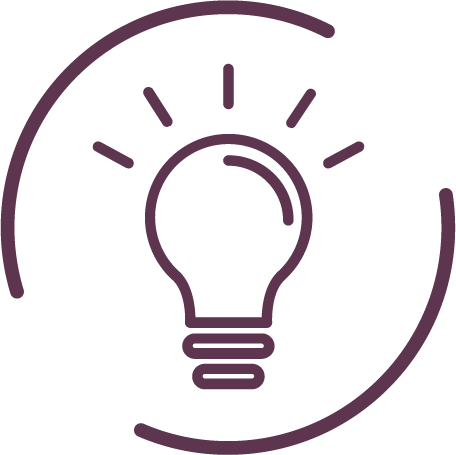
Charge your phone in another room, or make sure it’s on airplane mode. There are very few things in this world that can’t wait 60 minutes after your waking up to get your attention. Instead, give your morning attention and intention to the most important thing you can: yourself!
STEP 2: ADD ON OTHER TECHNIQUES
- Don’t look at your phone while you’re eating
- Have rooms in the house where technology is not allowed (i.e. kitchen, dining room, bedroom)
- Take larger technology breaks (4 hours or more of no technology) every weekend
- Take a digital-free vacation
- Don’t use digital devices to take breaks

